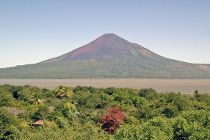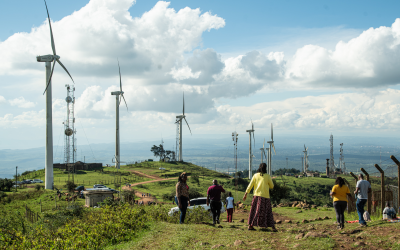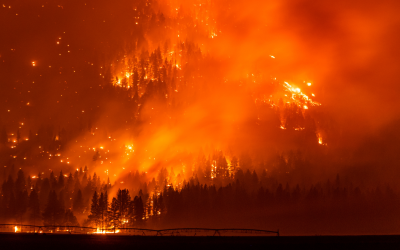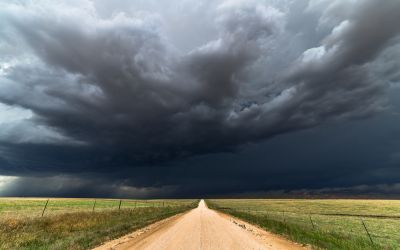Nicaragua’s blueprint for cutting emissions and helping the poor
In rural Nicaragua a clean energy initiative has demonstrated that steps can be taken by the developing world to alleviate both carbon emissions and poverty.

In rural Nicaragua a clean energy initiative has demonstrated that steps can be taken by the developing world to alleviate both carbon emissions and poverty.
An encouraging report in this week's edition of the journal Science analysed the steps taken by Nicaragua's Ministry of Energy and Mines, and the nonprofit organisation Blue Energy, to reduce carbon emissions.
The study showed that while all 172 households on the country's Mosquito Coast reduced their emissions they also reduced the cost of energy.
This is important as it can often be the case in the developing world that reducing greenhouse gas (GHG) emissions is seen as clashing with attempts to alleviate poverty. Often because a higher standard of living can be seen as being associated with increased energy use.
Because the villages of Orinoco and Marshall Point are not on Nicaragua's electricity grid, they obtain their power from diesel generators. However, until last year homes did not possess electricity meters and were instead billed on the number of appliances they owned. Unsurprisingly, this promoted widespread use of energy and it was a common occurrence for householders to leave lights and appliances on even when they were not being used.
When meters were installed energy use dropped by 28 per cent, and, as a result, so did energy bills. Blue Energy, the sustainable energy company, worked with the government to initiate energy conservation measure. Villagers were offered energy saving light bulbs in exchange for their incandescent bulbs, reducing energy use by 17 per cent. As a result less diesel fuel was burned, allowing the community's generator to run for a further two hours a day.
"Rural communities should be one of the first places you look for making small but very cheap carbon reductions," said Christian E. Casillas, a University of California Berkeley (UCB) graduate student, and advisor to Blue Energy, speaking to Science Daily yesterday.
In India and China diesel powered microgrids, like the one in Nicaragua can be found in their thousands, giving a great opportunity for householders to reduce energy and increase their standard of living.
Casillas doesn't hold the microgrids with much regard. "They're dirty, have high emissions, high energy costs and questionable reliability, so targeting these microgrids has the potential for improving access to energy services for those communities. At the same time, for the dollars invested, getting greater reductions in carbon emissions than you might get investing in similar measures, where the cost of energy is cheaper, such as in the cities," Casillas said.
Casillas worked alongside Daniel M. Kammen, Professor of Energy at UCB, who said he hoped the research would be the start of similar projects. "We hope that this paper will spur a wave of efforts to build similar community level carbon abatement and energy service tools.
Communities often ignored or lumped together as 'those billions without modern energy' can create their own locally appropriate development goals, and groups working with them can develop energy solutions. Not just efforts to disperse hardware." said Kammen.
Researchers used an economic tool called a marginal abatement cost (MAC) curve to analyse energy use in the community, and to pinpoint the areas where investments would save the most energy and the most money.
The tool has typically been used on a global or country-wide scale to target areas for carbon abatement, but not for assessing small communities. It showed that the investments made by the Nicaraguan Government and Blue Energy were the most cost effective. Although identified further savings from things such as the biogas and wind turbines, as well as more effective use of public lighting.
Author: Leroy Robinson | Climate Action
Image: dalbera | Flickr





